Wind Engineering and Structural Dynamics
CSEI has been conducting research into the dynamic response of structures and their response to wind excitation for over 20 years. Our research consists of:
- Dynamic response of bridges to wind
- Vortex induced vibration of structures
- Field monitoring of large bridges
- Wind loading on structures
- Windborne debris
- Structural health monitoring
- Human structure interactions
CSEI has its own Atmospheric Boundary Layer wind tunnel facility and has pioneered the development of computational wind engineering for bridge deck aero-elasticity. Research into other aspects of structural dynamics has included the modelling of damage to enable the use of vibration data for structural health monitoring and the simulation of human structure interactions for pedestrian bridges.
Projects
Flight of Windborne Debris
Summary:
Reviews of damage caused to buildings and structures during strong winds have shown that windborne debris contributes greatly to the quantity and cost of damage. Windborne debris arises from a variety of sources including building components where tiles, shingles or cladding sheets are torn from roofs. Debris picked up by the wind can rapidly accelerate to reach and even exceed the background wind speed. Typical debris impact damage involves the penetration of the building envelope, usually through broken windows, though cladding can also be damaged. Subsequent internal pressurisation can lead to further damage, the generation of more debris and the creation of a debris damage chain.
This project considered the detailed CFD simulation of the flight of plate like debris and compared the simulations with experimental data obtained from wind tunnel tests. The propriety CFD code, ANSYS FLUENT, was used to simulate the flow field using an unsteady RANS approach with the realisable k-e turbulence model. An inner spherical region of mesh was defined around the plate like debris, which translated and rotated with the plate without deforming. This spherical region was then allowed to translate through an outer region which was re-meshed on every time step. Comparison of force coefficients for static and fixed axis rotating plates with values from the literature and wind tunnel gave good agreement. Importantly, discrepancies with the wind tunnel data identified problems with the experiment including mass eccentricity and bearing friction. Predictions of the debris flight also compared well, with different flight modes being predicted.
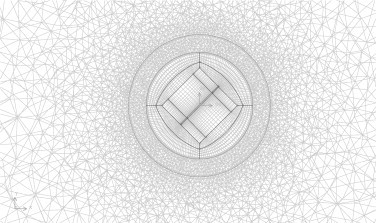
Section through computational grid showing structured hexahedral mesh in the moving inner region surrounding the plate, together with an unstructured tetrahedral outer mesh that is re-meshed at each timestep (after Kakimpa, Hargreaves, & Owen, 2012a)
Vortex Induced Vibration of Rectangular Section
Summary:
Vortex induced vibrations can be a significant problem for certain configurations of bridge deck. In this project the 5:1 rectangular section is taken as a generic deck form and the vortex excitation mechanism studied in the wind tunnel and using computational fluid dynamics. Section model tests in the wind tunnel are used to measure the correlation of pressure over the surface of the model both inside and outside the lock in region. These results are compared with computational models of the fluid structure interaction for both a rigid cylinder and a flexible cylinder. The results from both the numerical and experimental testing are then used to derive parameters for a theoretical model of vortex induced vibration based on the Hartlen Currie model. Modifications to the Hartlen Currie model are proposed to account for the flexibility of the structure and the vibration mode shape.
Monitoring the Response of Long Span Bridges to Wind Excitation
Summary:
Long span bridges are particularly sensitive to wind excitation. This project, collaborating with Nottingham Geospatial Institute, builds on CSEI experience of wind tunnel testing, field monitoring and computational modelling of wind excitation of long span bridges to critically assess the wind loading of a bridge in service. This will provide valuable information on the current wind loading models used in the design and assessment of long span structures and also inform the bridge master regarding operation and maintenance activities on the bridge.
Pedestrian Excitation of Footbridges and Human Structure Interaction
Summary:
The pedestrian excitation of footbridges hit the headlines at the turn of the century with the events on London’s millennium bridge. However, this bridge is far from unique. In this project, an agent based model of a crowd was developed to simulate emergent behaviour typical of that seen in large groups of people. This crowd model was then coupled to a structural model of the bridge so that both the crowd’s effect on the bridge and the bridge effect on the crowd could be simulated. Individual pedestrians were modelled as an inverted pendulum, which was validated using tests carried out using a treadmill on a moving base. The outcomes of this project have help confirm the nature of the human structure interaction involved and will be used to develop new approaches to design.
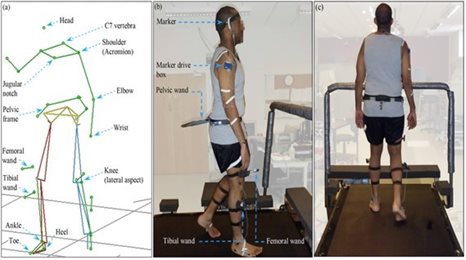
Progressive Collapse of Flat Slab Structures
Summary:
The resilience and robustness of structures under extreme loading has received a lot of attention in recent years. In this project the particular problem of flat slab structures has been considered. An extensive experimental programme has been carried out on a number of flat slab structures to investigate the influence of dynamic effects on the collapse load and collapse mechanism. The experimental results are compared to finite element models created using ABAQUS explicit to appropriately simulate both the geometric and material non-linearity associated with the dynamic collapse behaviour.
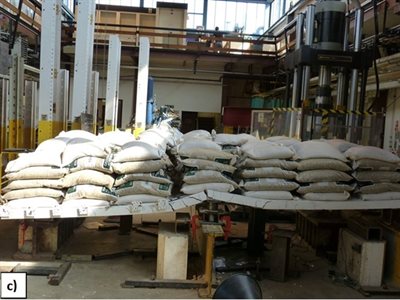
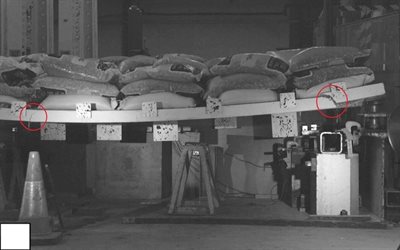
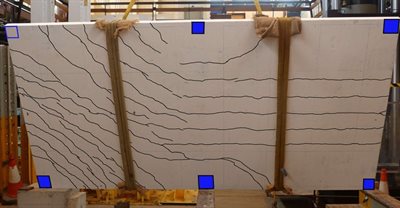
Improving the Resilience of Infrastructure in Storms (IRIS)
Summary:
This is a collaborative project working with Dr Joerg Franke and the Vietnamese German University funded by the Global Challenges Research Fund. Vietnam is vulnerable to typhoons with damage to slender lightweight structures such as communications masts, transmission towers and lighting columns occurring frequently. Such damage costs millions of pounds to repair and causes interruption to communication and power networks and even loss of life. The aim of this three-year project is to improve the resilience of slender structures to windstorms in Vietnam. The project also aims to improve wind engineering research in the country through a long-term collaboration between an established group in CWE and a leading Vietnamese research group in environmental wind simulation. The primary objectives are to (i) produce a typhoon-based design wind speed map for Vietnam, (ii) improve models of aeroelastic behaviour for complex slender structures and (iii) create a risk based resilience model of communications and power networks in Vietnam. The proposed models will be embedded in future generations of the Vietnamese Wind Code and a road map will be established for future collaborations in wind engineering research.
PI: John Owen
Funder: Royal Society (International Collaboration Award)
Duration: 3 Years
Publications